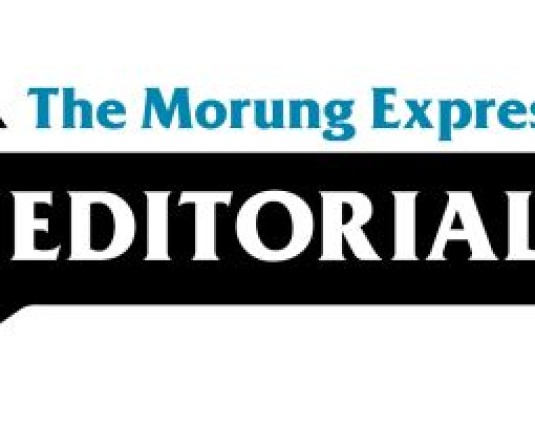Professional journalism – publishing verified facts and informed opinion – has given people an alternative to disinformation and has helped to disprove the falsehoods, stated a UNESCO’s policy brief on World Trends in Freedom of Expression and Media Development released in March.
Issued amid the proliferation of fake news and disinformation with the unprecedented public health crisis caused by the outbreak of COVID-19, it noted that access to verified and accurate information, produced by independent media and fact-checkers, can mean a matter of life and death.
Apart from peddling unverified news, fake news, myths and rumours, which were labelled by World Health Organization as fake “infodemic," this misinformation is often based on themes of xenophobia, racism and hate speech, as UNESCO noted.
Among others, the brief informed that based on a machine learning analysis of 112 million public social media posts, in 64 languages, related to the pandemic, researchers at the Bruno Kessler Foundation found 40% of posts came from unreliable sources while almost 42% of over 178 million such tweets were produced by bots, and 40% were “unreliable.” In March, about 40 million problematic COVID-19 related posts on Facebook were identified and had warnings placed next to them while “hundreds of thousands” of pieces of misinformation about the virus that could lead to imminent physical harm,” were also removed, UNESCO noted, citing the company.
It is in this context, professional journalism is crucial as a critical medium to combat the ‘infodemic.’ However, the outbreak of COVID-19 has presented a two-pronged challenge to the profession.
On the one hand, apart for immediate health risk, freedom of expression across the world has been under attack while critical reportage is often dismissed ‘fake news’ by those at the helm of affairs, while the economic impact of the pandemic, on the other hand, may pose an “existential threat to journalism.”
The International Press Institute (IPI), through its media freedom monitoring, recorded 421 instances of media freedom violations related to the COVID-19 pandemic, including arrests and charges, censorship, restrictions on access to information, excessive ‘fake news’ regulations and verbal or physical attacks.
On the other end, many news outlets are in dire straits. In the United States, the London-based Financial Times in June estimated at least 38,000 furloughs, layoffs or pay cuts in the US news related establishments since March. In the United Kingdom, right on the heels of Daily Mirror and Daily Express, even bigwigs such as BBC and the Guardian announced also major job cuts last week.
In India, the print media has been most hit. The Indian Newspaper Society (INS) in May urged the government to provide a strong stimulus package to the newspaper industry saying it has lost over Rs 4,000 crore and is likely to suffer further losses of up to Rs 15,000 crore in the next six to seven months, if relief is not provided. The situation has not improved since then.
Facing such challenges, the news media faces the peril of becoming ‘pliant,’ and no longer an independent entity to hold powers that be to adequate scrutiny or accountability. There is a general feeling that most of the electronic media in India have already succumbed to such concerns.
These challenges came at a time when the job of professional journalism – publishing verified facts and informed opinion – has increased manifold and most needed. As UNESCO rightly noted, the moment also offers an opportunity to recognise journalism as an essential element of lives and livelihoods. Concerned stakeholders should stand for, assist, and solidify a free press.






